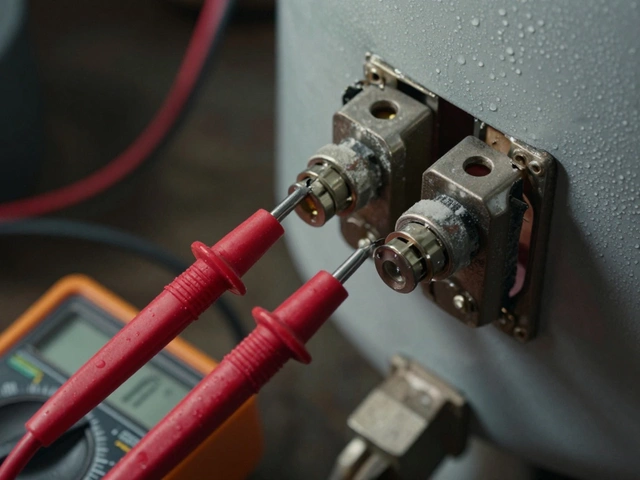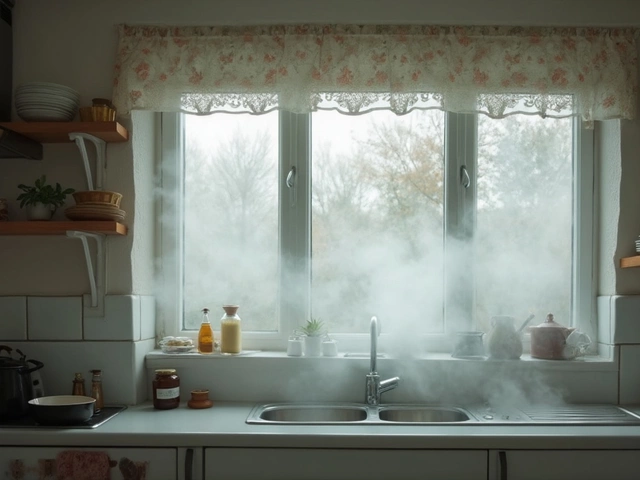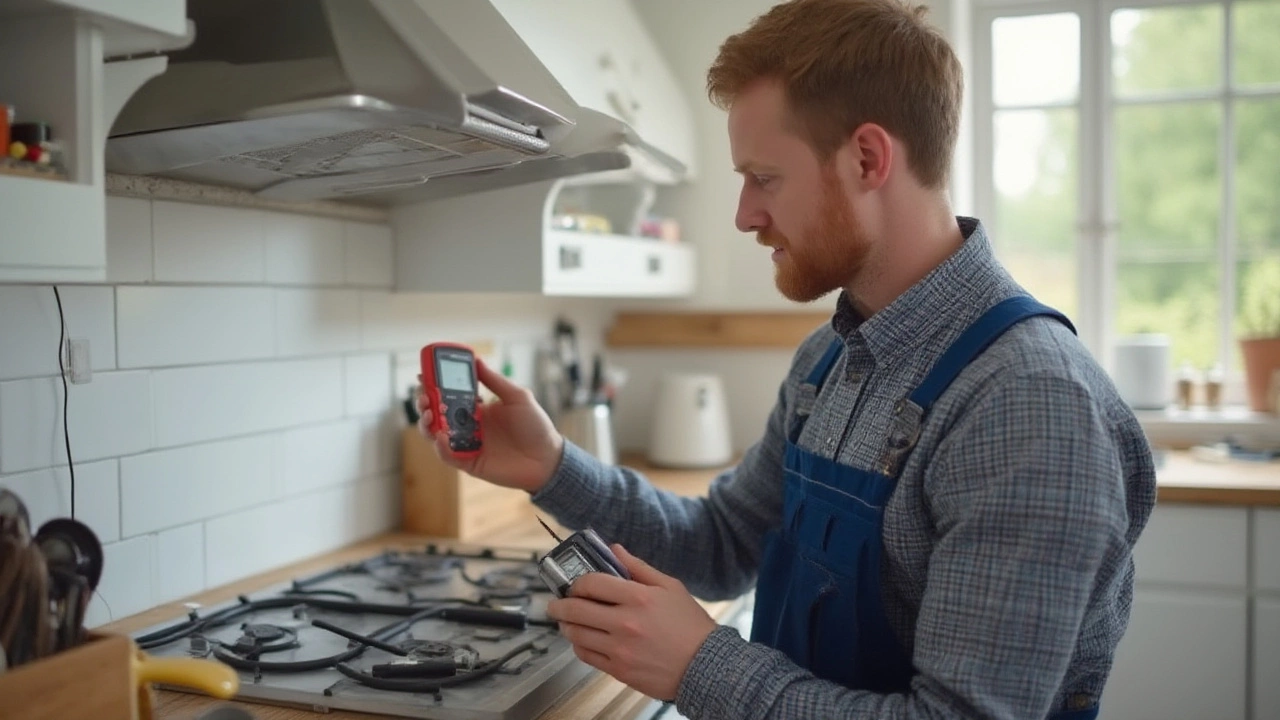Electrical Repairs Made Simple for Rugby Homeowners
We all hate that moment when your oven stops heating or a dishwasher won’t start. Most of the time the problem is electrical – a blown fuse, a faulty switch, or a loose wire. The good news? You don’t always need to call a technician right away. With a few basic tools and the right safety steps, you can diagnose and even fix many issues yourself. This guide walks you through the most common electrical faults, shows you how to test safely, and tells you when it’s time to hand the job over to a professional.
Spot the Tell‑tale Signs of an Electrical Fault
Before you start pulling plugs, look for these red flags. If an appliance hums but never runs, the motor may be dead or the power supply is interrupted. Flickering lights, tripped circuit breakers, or a burning smell are clear warnings that something’s wrong. For ovens, check whether the heating elements glow when turned on – if they stay cold, the element or its thermostat is likely faulty. In fridges, a clicking noise often means the compressor’s overload protector has tripped. Noting the exact symptom helps you narrow down the cause and saves time when you ask a pro for a quote.
DIY Steps You Can Try Safely
First, always turn off the appliance at the wall and, if possible, switch off the relevant breaker. Use a non‑contact voltage tester to confirm there’s no live current. For a dishwasher that won’t start, check the door latch switch – a simple continuity test with a multimeter can tell you if it’s stuck. If you discover a loose plug or a cracked cord, replace it with a new, UK‑rated one; never try to solder a damaged cable. When an oven’s element is the issue, unscrew the element, test it for continuity, and replace it if the reading is infinite. These steps cover about 80 % of everyday electrical repair scenarios without risking safety.
If you’re unsure about any step, or if the problem involves internal wiring, gas connections, or the main boiler control board, stop and call a qualified electrician. Rugby’s local repair services can diagnose complex faults quickly, and most will give a free estimate. Remember, working on high‑voltage components without proper training is dangerous – a short circuit can cause fires or severe injury.
Keeping a small toolkit handy – screwdrivers, a multimeter, voltage tester, and a set of replacement plugs – will make quick fixes painless. Regular maintenance also helps prevent electrical failures. Clean dust from fan motors, tighten any loose connections on power cords, and run a self‑diagnostic cycle on your dishwasher every few months. By staying proactive, you’ll reduce the number of emergency calls and extend the life of your appliances.
In short, most electrical problems in home appliances are easy to identify and often fix with basic tools. Use the signs above to troubleshoot, follow the safety steps, and know when to call in a pro. With the right approach, your kitchen and laundry stay running smoothly, and you’ll avoid unnecessary service costs.






